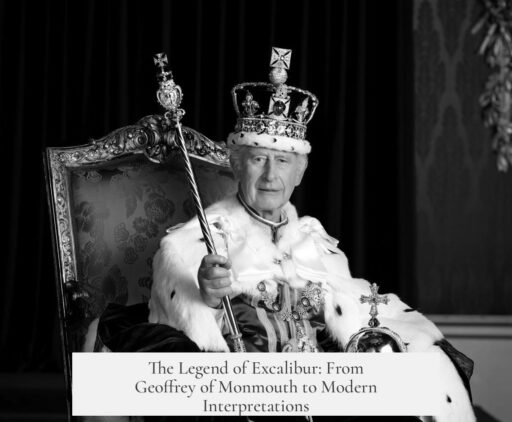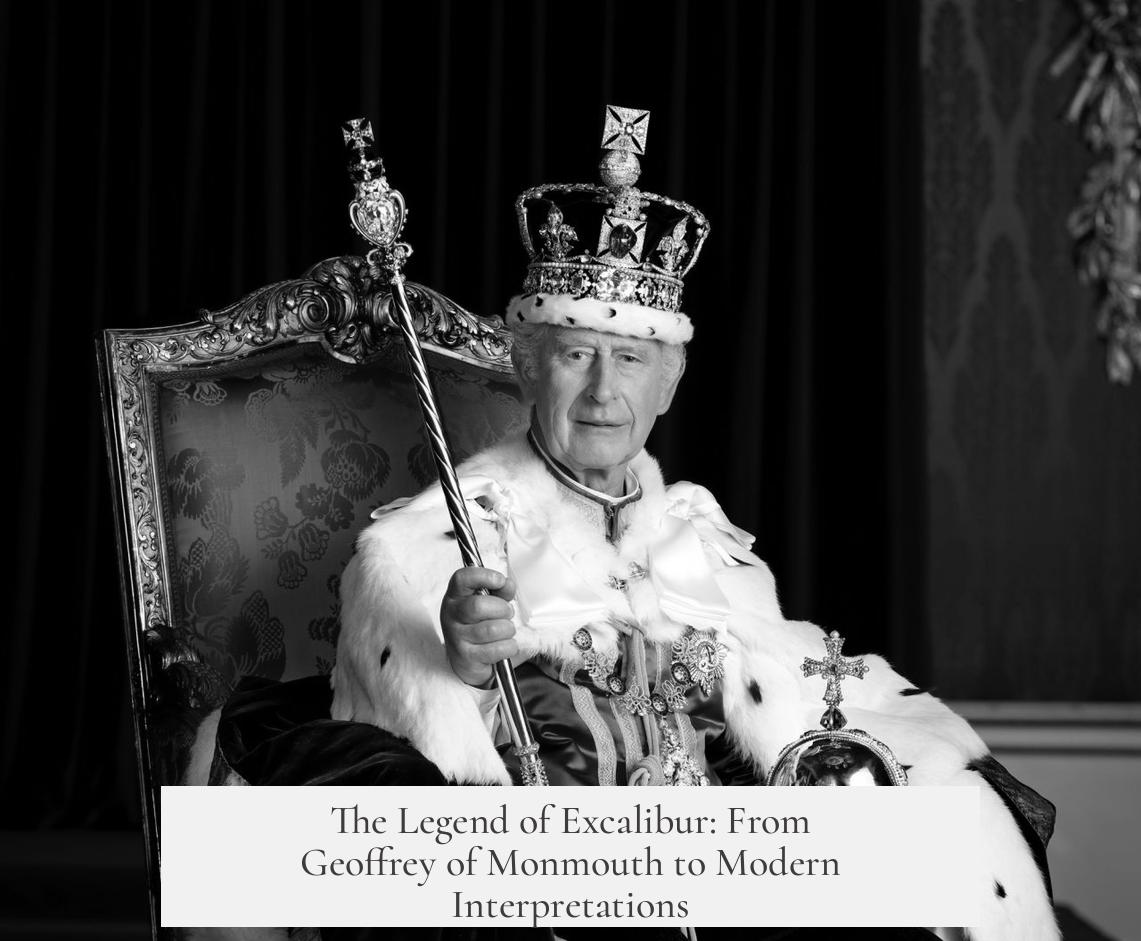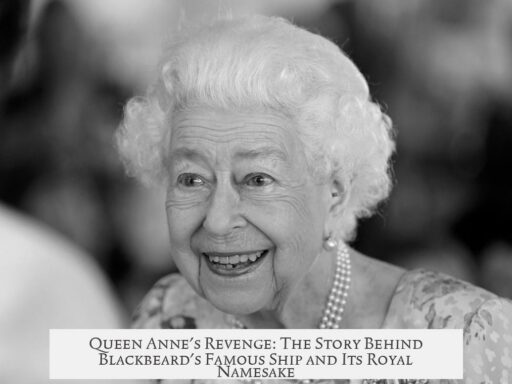King Arthur’s sword Excalibur has a rich and evolving story that varies across medieval texts. The earliest account by Geoffrey of Monmouth calls the sword Caliburnus, forged on the Isle of Avalon, and depicts it as unmatched in battle. It does not associate the sword with Arthur’s right to rule or magical origins.
Later, Thomas Malory’s Le Morte Darthur introduces two swords: the sword in the stone and Excalibur, the sword from the Lady of the Lake. The sword in the stone, embedded in a London churchyard, declares that whoever pulls it out is the rightful king of England. Arthur draws it to equip his brother Kay and claims his destiny, but this sword breaks in combat.
Afterward, Merlin leads Arthur to a lake where a hand emerges holding Excalibur, meaning “cut-steel.” Arthur receives this sword and its magical sheath from the Lady of the Lake in exchange for a future favor. The sheath protects him from bleeding to death. Arthur entrusts Excalibur and its sheath to Morgan le Fay, who deceives him by replacing them with fakes. Her lover Accolon fights Arthur wielding the real Excalibur, but Nyneve, a new Lady of the Lake, intervenes and ensures Arthur regains it. Morgan discards the sheath into the lake, removing its protective magic.
At the final battle of Camlann, mortally wounded Arthur orders Sir Bedivere to throw Excalibur into the lake. A hand rises, catches the sword, waves it thrice, and sinks beneath the water. Malory leaves Arthur’s fate open: either he dies and is buried at Glastonbury Abbey or he is taken to Avalon to recover and return someday.
Many later versions merge the two swords into one, with Arthur pulling Excalibur from the stone to prove his kingly right and returning it to the lake at death, streamlining the myth for modern audiences.
- Excalibur originates as Caliburnus, forged on Avalon, unmatched in battle.
- Malory separates the sword in the stone (proof of kingship) from Excalibur (magical sword from the Lady of the Lake).
- Excalibur’s sheath prevents fatal bleeding but is lost due to Morgan le Fay’s plot.
- Arthur’s final act is to return Excalibur to the lake via Sir Bedivere.
- Later adaptations often combine both swords into a single iconic weapon.
What is the story of King Arthur’s sword Excalibur?
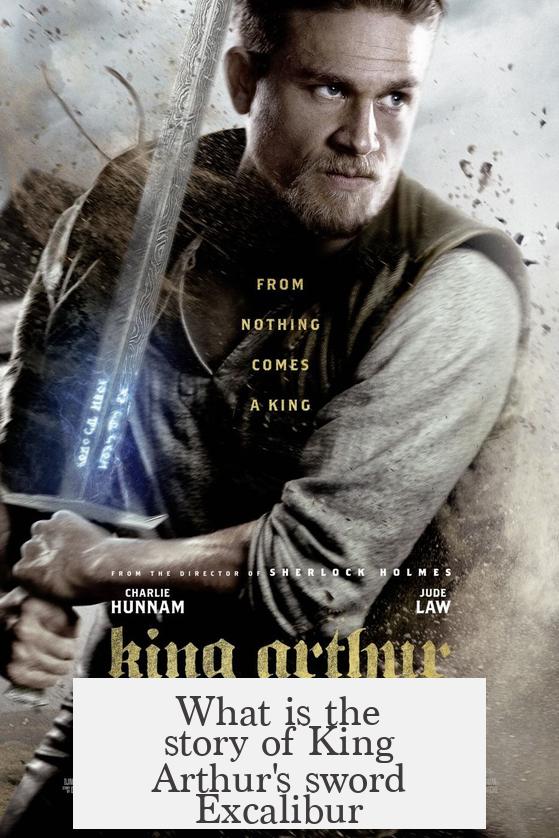
The story of King Arthur’s legendary sword Excalibur unfolds through centuries of myth, literature, and imagination, blending early Welsh traditions with medieval romance and later adaptations. This tale is not just about a sword—it’s about power, destiny, magic, and betrayal wrapped in steel. Let’s slice into the fascinating saga of Excalibur, peeling back its layers from the earliest mentions to the more familiar legends.
First, what exactly is Excalibur? The name itself sparks images of a glowing blade, worthy of a king born to unite Britain. But as you’ll see, the sword’s origins and symbolism shift intriguingly across different accounts.
Geoffrey of Monmouth’s Earliest Account (c. 1136)
The story begins with Geoffrey of Monmouth, whose Historia Regum Britanniae serves as the earliest written source mentioning the sword. Here, the sword is called Caliburnus—which English speakers know as Caliburn, and in Welsh legend it’s Caledfwlch, meaning “hard-cleaving.”
Imagine the sword forged on the mystical Isle of Avalon, surrounded by mists and magic. Geoffrey paints Caliburn as “peerless,” the best sword among all others. King Arthur wields Caliburn in battles, cutting through enemies like a hot knife through butter.
But hold on—a crucial note: Geoffrey’s version lacks the well-known legend of pulling the sword from a stone or receiving it from the Lady of the Lake. Instead, Caliburn stands simply as a mighty weapon, a symbol of Arthur’s valor rather than proof of his right to rule. So, no magical sword-tests here—just raw power and royal fight scenes.
Malory’s Le Morte Darthur: The Tale Expands (1469–1470)
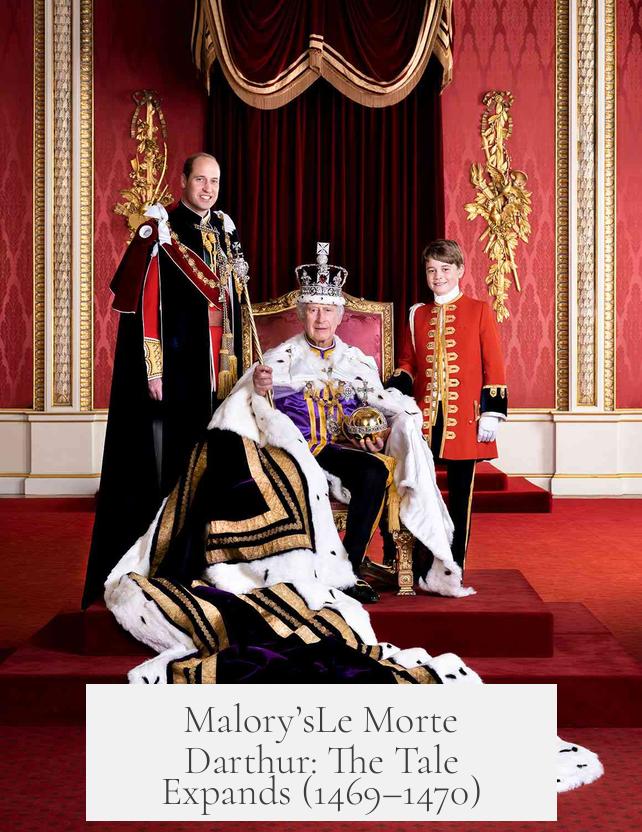
Fast forward three centuries to Sir Thomas Malory’s Le Morte Darthur, which we can thank (or blame) for the detailed Excalibur myth most people know today. And it’s more complicated than a single sword!
Malory introduces two separate swords owned by Arthur:
- The sword pulled from the stone in a London churchyard, marked with an inscription promising the throne to whoever wields it.
- Excalibur, given later by the Lady of the Lake from the enchanted waters of Avalon.
Interestingly, the sword in the stone is **not** Excalibur. This lesser-known fact might surprise you! Arthur famously pulls the sword from the stone somewhat accidentally, just to help his foster brother Kay. This act proves Arthur’s royal destiny but the sword breaks during a fight with King Pellinore—talk about bad luck for a “kingmaking” blade.
Following that mishap, Merlin guides Arthur to the lake of Avalon, where a supernatural hand emerges, offering the gleaming Excalibur. The name Excalibur cleverly means “cut-steel.” Arthur accepts this enchanted sword, along with its powerful scabbard, which magically protects its wearer from bleeding to death—a handy feature in medieval combat poetry but awesome in real fights, too.
The story thickens with betrayal. Arthur entrusts the sword and its mundane-looking sheath to Morgan le Fay, his half-sister, who has a penchant for mischief and magic. She betrays his trust by crafting a fake sword and gives him the real Excalibur and sheath to her lover, the knight Accolon. Talk about family drama!
Thankfully, the Lady of the Lake—Nyneve—is a vigilant guardian. When Accolon duels Arthur wielding the true Excalibur, Nyneve intervenes magically, turning the tide and helping Arthur reclaim his weapon. However, Morgan le Fay retaliates by throwing the scabbard into the lake, ending its protective magic.
At the legendary Battle of Camlann, Arthur suffers a mortal wound. His final command to Sir Bedivere is poetic and gripping: he must cast Excalibur back into the lake. When Bedivere finally completes this solemn task, a supernatural hand—possibly the Lady of the Lake’s—rises from the water to catch the blade. It brandishes Excalibur thrice and vanishes beneath the surface, closing the sword’s earthly journey.
Malory leaves Arthur’s fate tantalizingly ambiguous: did he die and get buried at Glastonbury Abbey, or was he ferried to Avalon’s mystical isle to heal and await his destined return? Like the sword itself, the answer dwells in legend’s mist.
Later Adaptations: Melding the Legends
Centuries after Malory, storytellers merged the two swords into one glorious Excalibur. In many modern versions, Arthur famously pulls *Excalibur* from the stone, a clear sign of his divine right, and later casts it back into the lake at death—combining the power and symbolism for narrative neatness.
This fusion satisfies our craving for simplicity but also strips away some of the original’s fascinating complexity. Yet magic and mystery endure, keeping the legend alive in books, movies, and backyard costume parties.
Why Does Excalibur Matter Today?
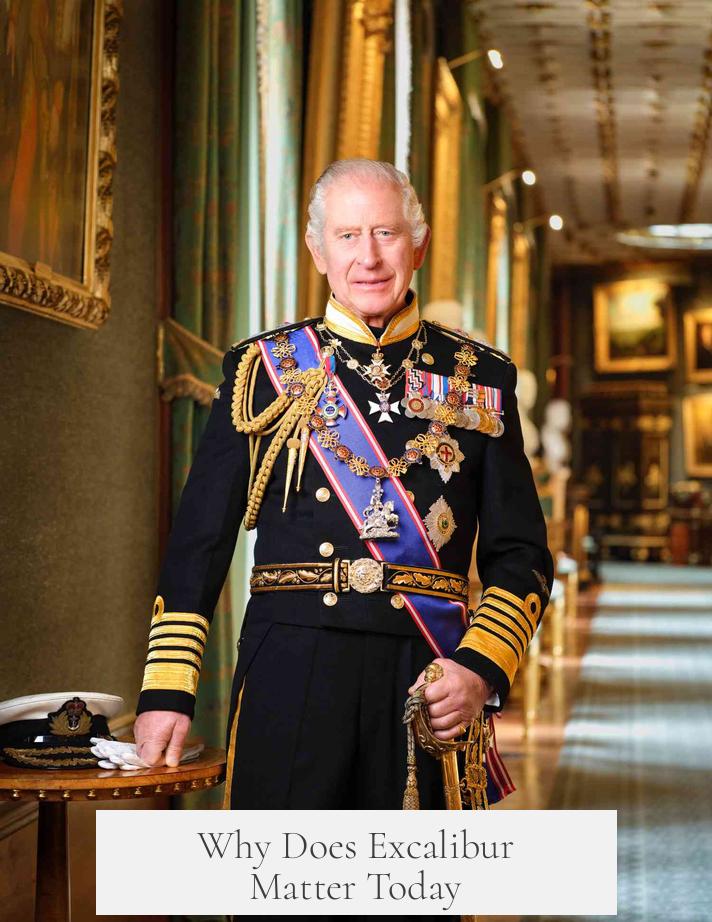
Think about it. Excalibur symbolizes much more than a weapon. It stands for rightful leadership, destiny, and the blend of mortal struggle with supernatural aid. Its story teaches us that power is temporary, trust is fragile, and even the greatest kings rely on loyalty and magic beyond themselves.
If you ever feel weighed down by life’s battles, remember Excalibur’s sheath—a reminder that protection comes in unexpected forms. Or consider the lake’s hand retrieving the sword, a metaphor for returning power gracefully as one chapter closes.
And if you’re wondering how far fact meets fiction, here’s a fun tip: the name Caliburnus may connect to an actual ancient sword found in Britain, blurring the lines between history and myth.
Summing Up the Saga
The story of King Arthur’s sword Excalibur is a rich tapestry woven from early Welsh legend, medieval romance, and later creative retellings. Whether sharp-calved Caledfwlch, mighty Caliburn, or enchanting Excalibur of the Lady of the Lake, the sword remains a shining symbol of Arthur’s destiny and Britain’s mystic past.
So next time you hear someone mention Excalibur, you’ll know it’s not just a sword—it’s a legend passed down through ages, reflecting our hopes, doubts, and dreams about power, honor, and the magic lurking beneath the surface of history.
Ready to dive deeper into Arthurian lore? Maybe next time we’ll explore Merlin’s magic or the Knights of the Round Table. Spoiler alert: there’s plenty more drama ahead.
